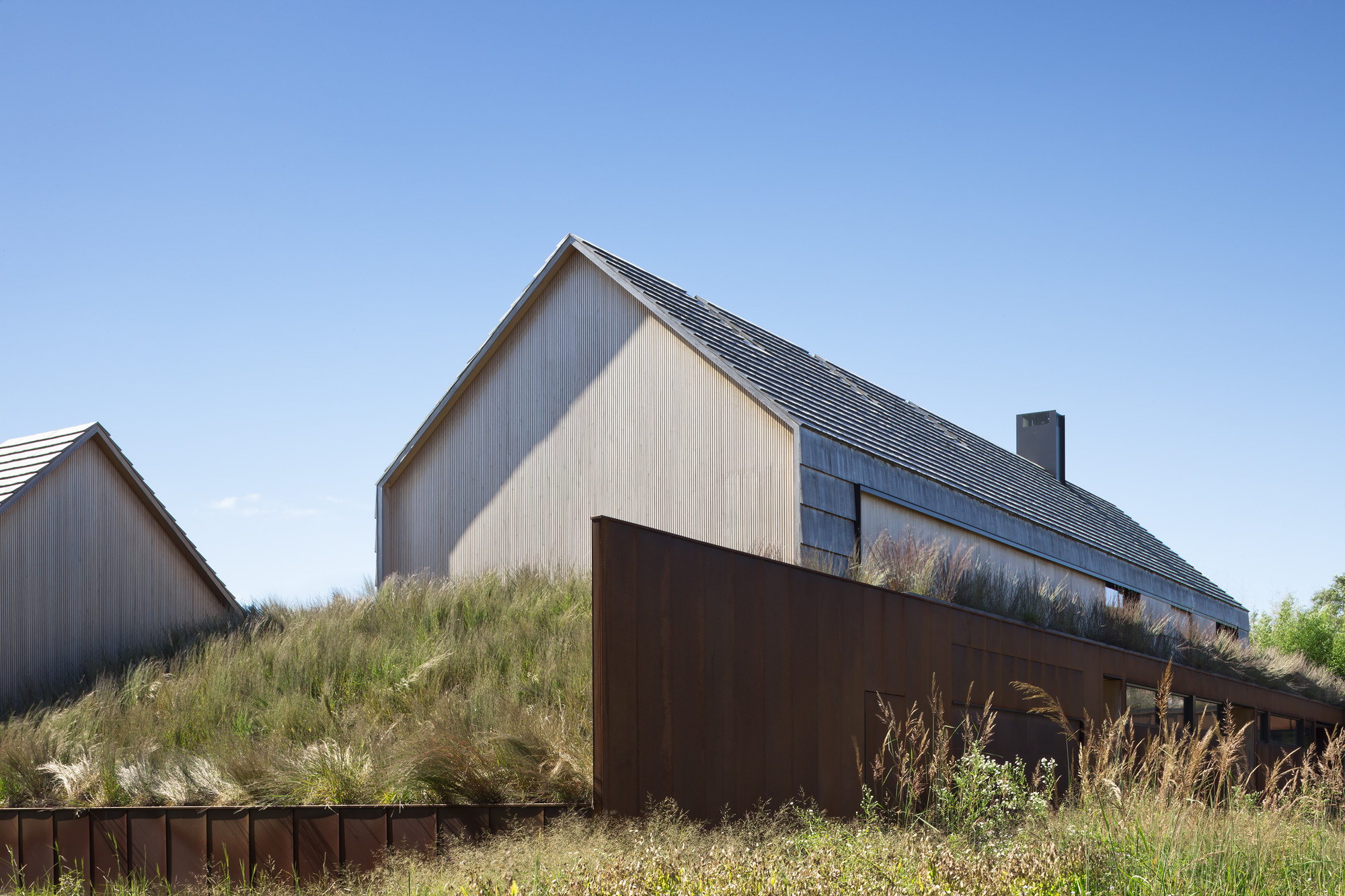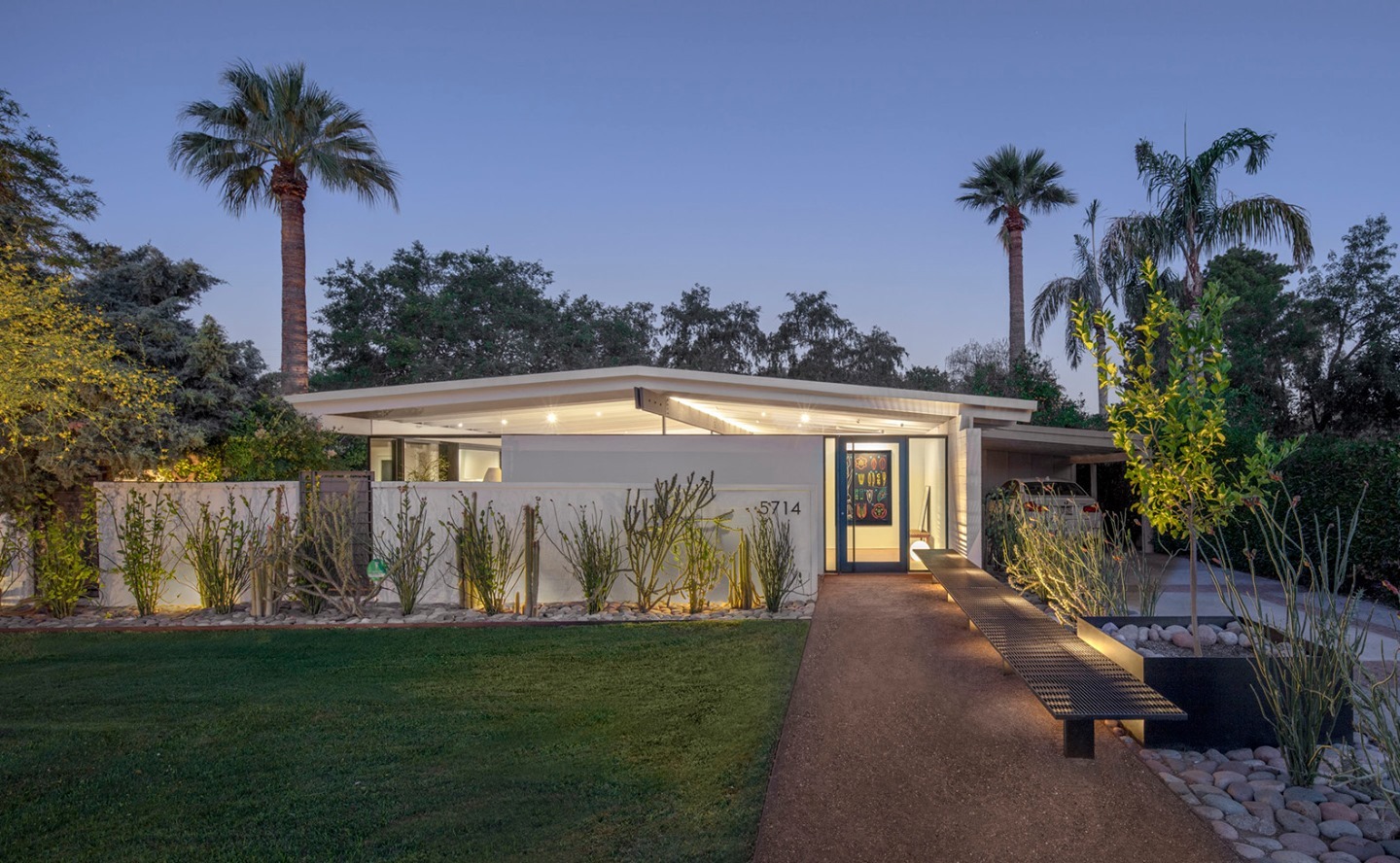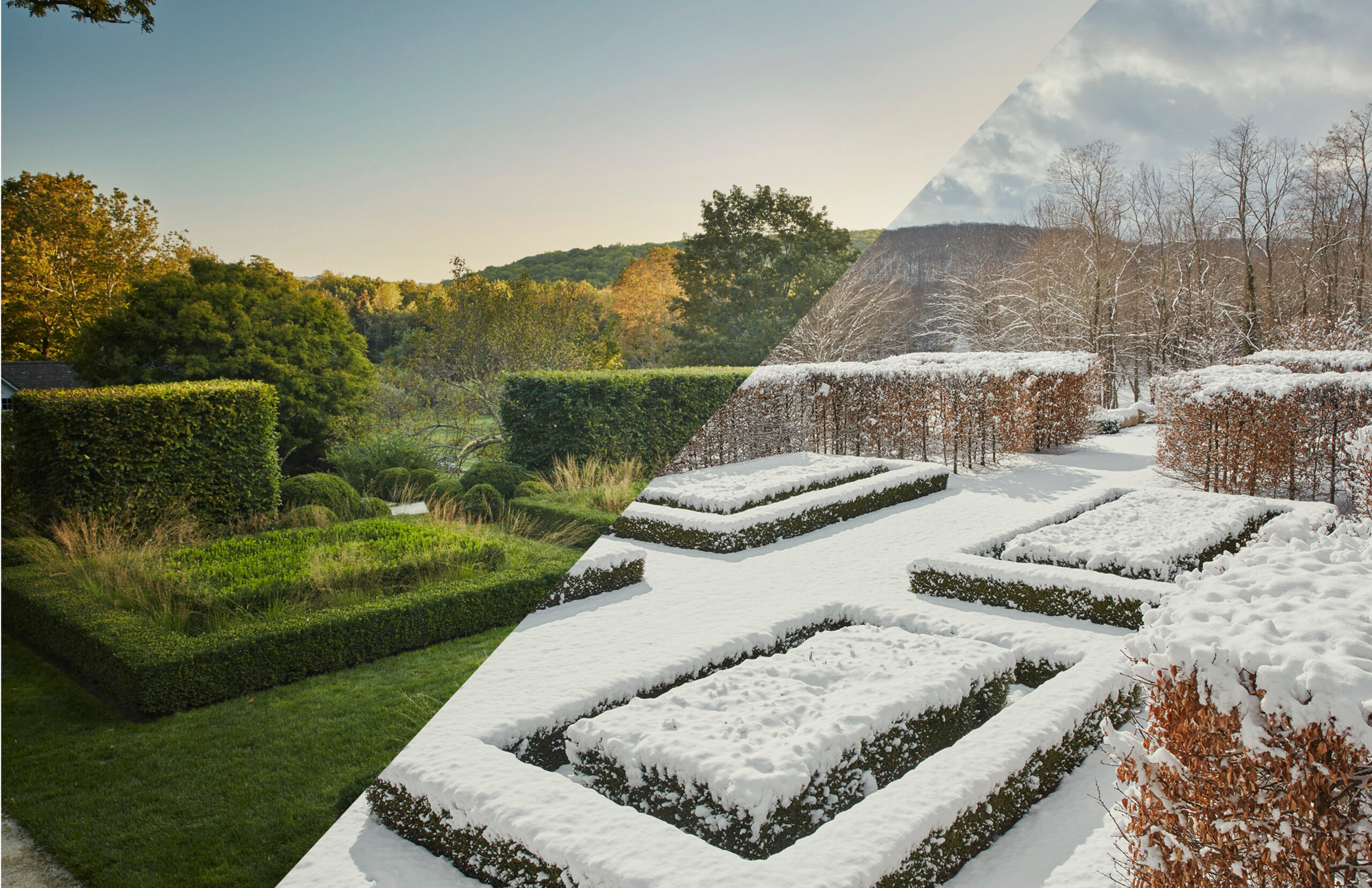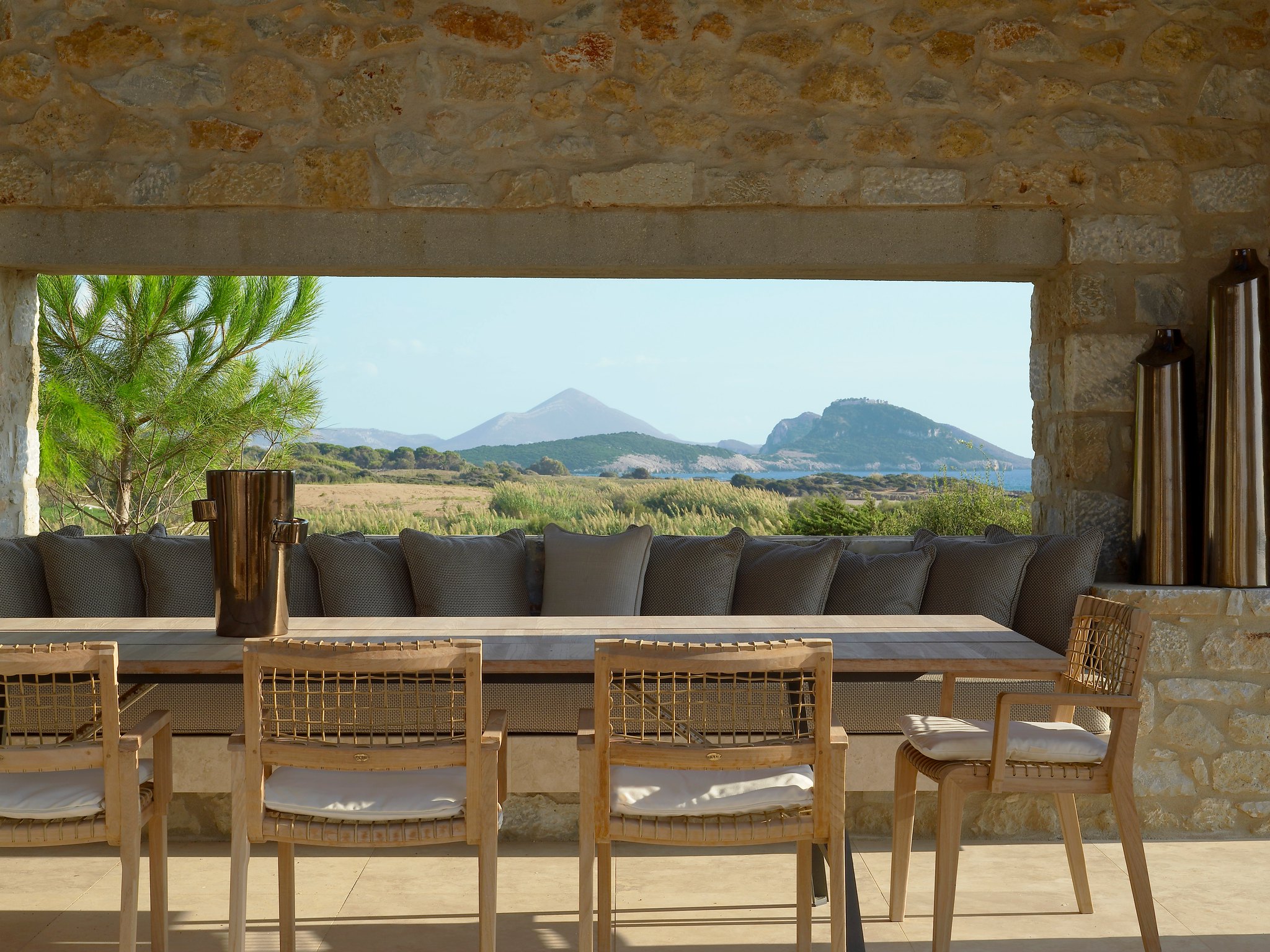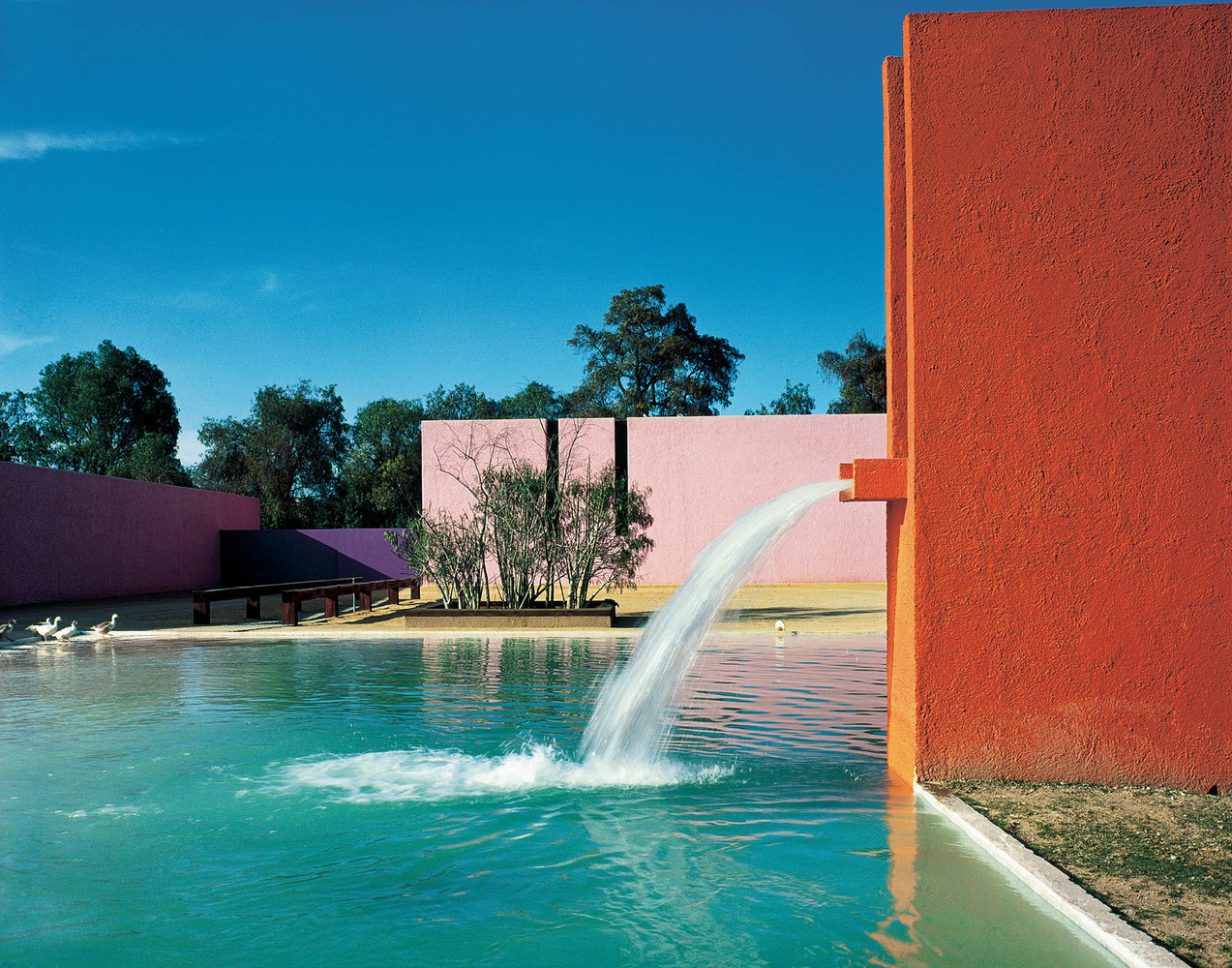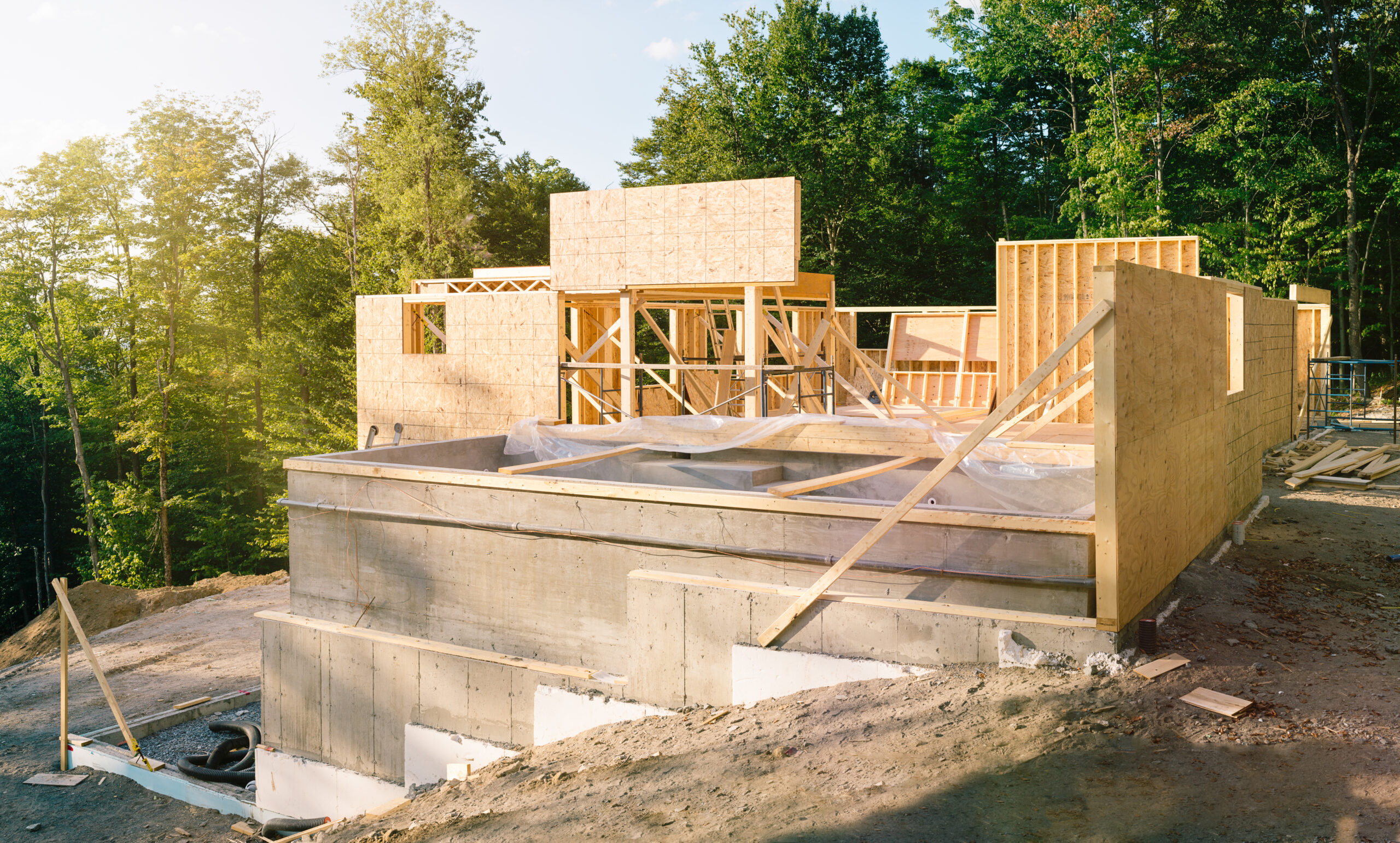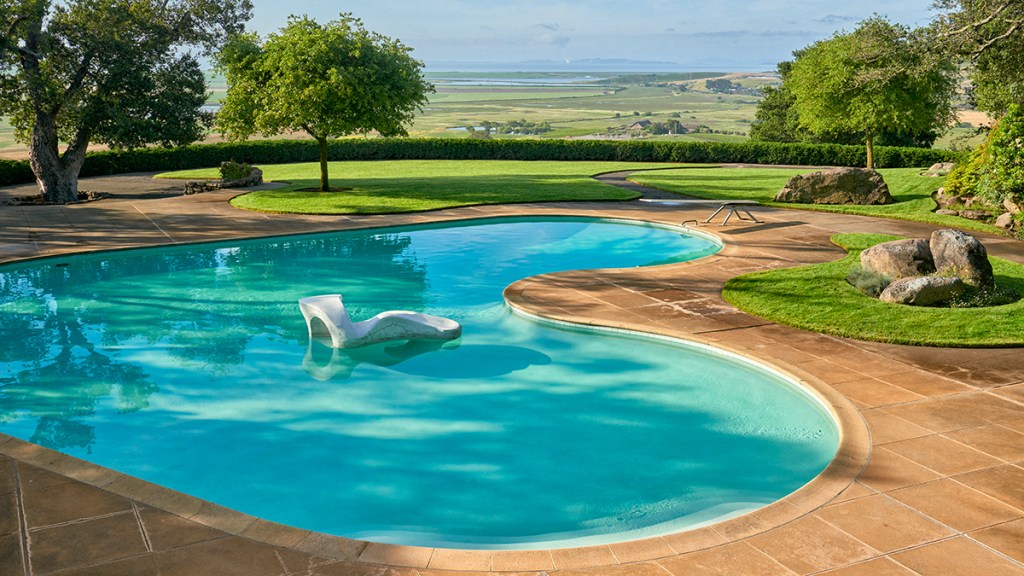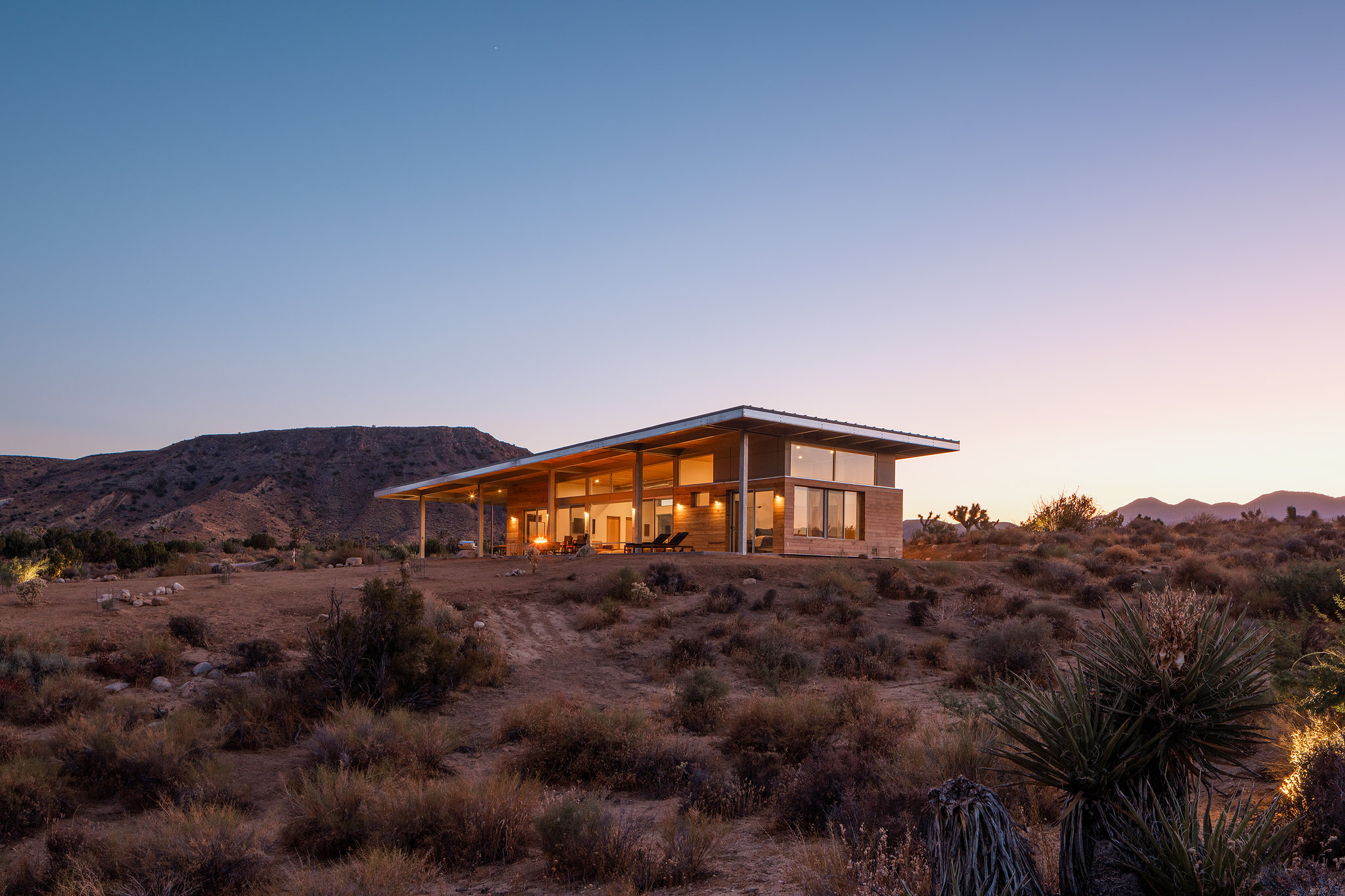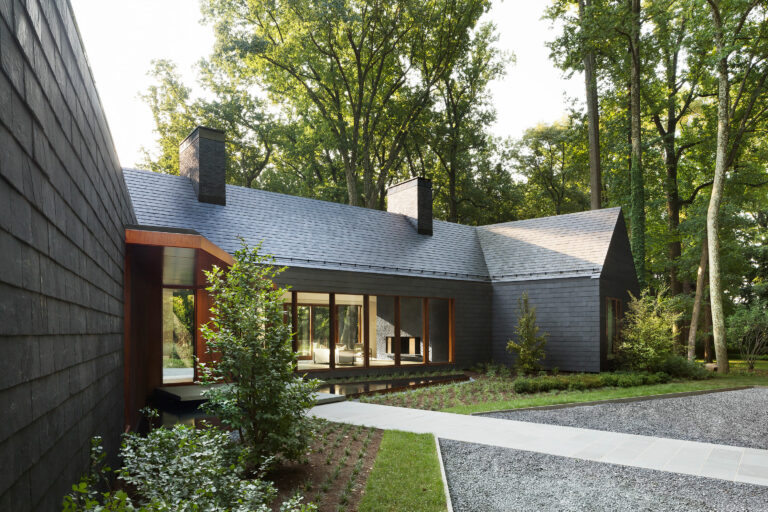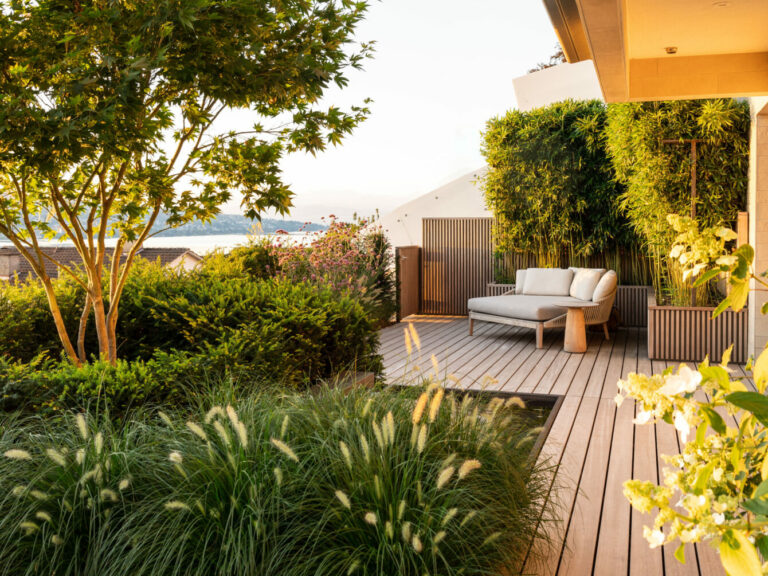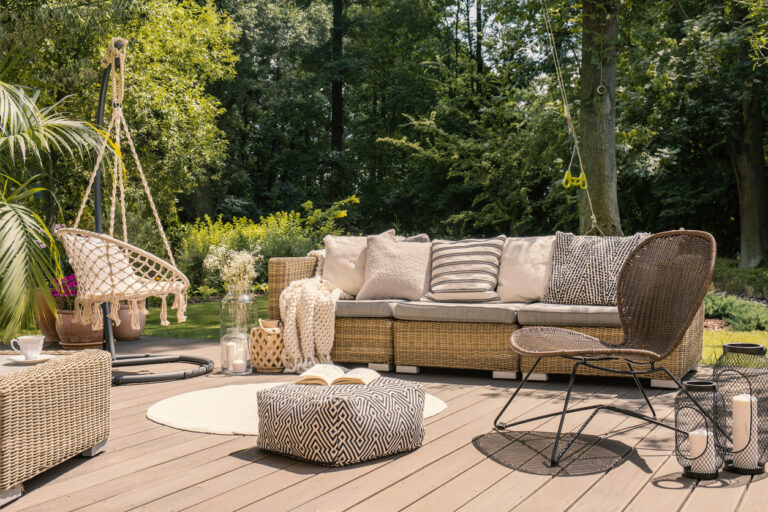Whether you’re a designer creating new landscapes, or a homeowner looking to improve your property, there are many ways to create a sustainable landscape design.
Having a sustainable landscape is an ideal way to beautify your home and save money in the long run. In addition, the plants and grass you use will help reduce water usage and maintain healthy soil. It’s also a wonderful way to connect with nature.
Are you planning a new landscape or attempting to rejuvenate your existing one? There are several eco-friendly solutions you can implement. Some of the ways you can create a sustainable landscape includes using native plants, permeable pavers, recycled materials, and solar lights.
Sustainable landscaping practices include creating habitats, using low-maintenance materials, and restoring natural processes. These practices help improve the environment, reduce water and energy costs, and the demands on public stormwater drainage systems.
Using natural materials to create sustainable landscapes can help improve your home’s energy efficiency, reduce the need for maintenance, and improve the quality of your environment. If you’re considering building a new home or renovating your existing home, you should think about how to create a sustainable landscape.
One of the biggest factors this article covers is planting native plants. These plants naturally adapt to the climate of your region, require little or no maintenance with minimal supplemental watering. They also attract wildlife and help create wildlife habitats that benefit the larger ecosystem.
Include native plants for sustainability
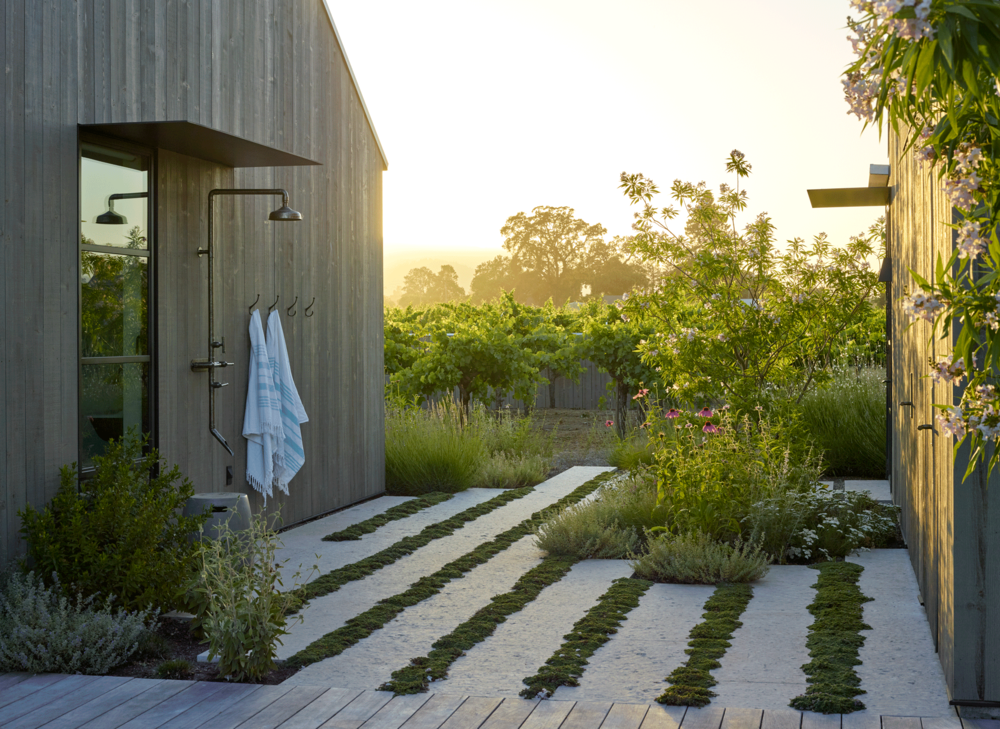
Using native plants in your landscape is not only a great way to conserve water, but also to enhance the local environment. In addition to reducing runoff and noise, native plants create habitats for native wildlife. They also provide food for birds, butterflies and insects and reduce pest outbreaks.
Sustainable landscape design reduce water usage, erosion and chemical treatment. They also reduce the cost of fuel and maintenance.
Before you begin to design your landscape, you need to identify which native plants will work best on your site. This will depend on the soil type, moisture and the climate of your area.
Choosing native plants also helps to reduce maintenance costs. This is because they are adapted to local conditions, and require little supplemental water or pesticides.
These plants can be integrated into your backyard, along the sidewalks and in parks. They provide habitats for a variety of native wildlife, and help reduce noise pollution from jet skis and boats.
If you are planning a new landscape, you may want to contact your local nursery to see which native plants are appropriate for your area. You can also ask them for recommendations on plants that complement one another.
Before you start designing your landscape, you will need to consider the time and space you have to work with. You may also want to consider your budget. Some plants can be expensive and require a lot of maintenance.
Consider permeable surfaces
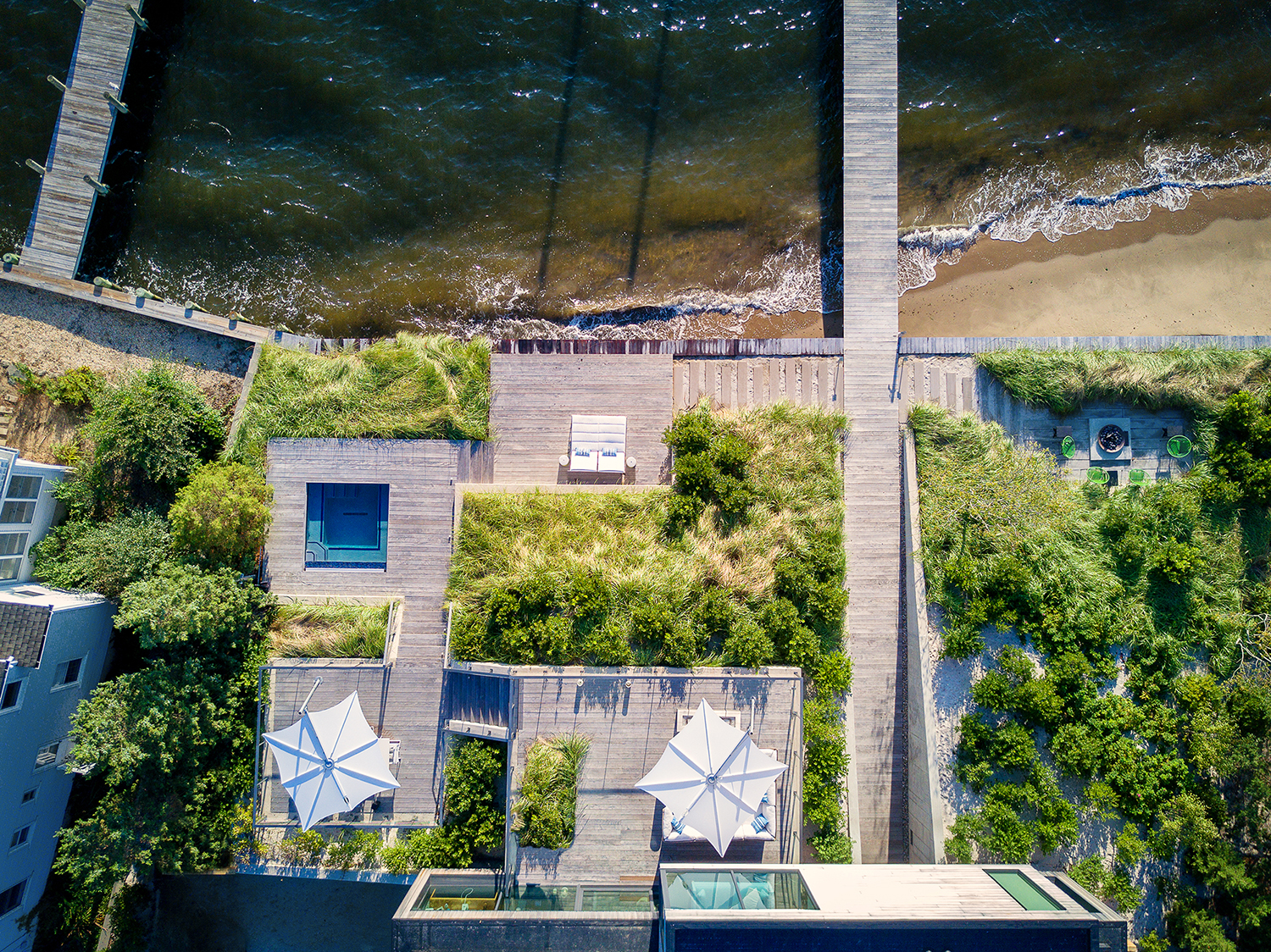
Using permeable pavers instead of concrete for driveways in residential landscape design can help you reap many sustainable environmental benefits. Not only are they durable, but they also reduce the amount of stormwater runoff. These materials are also easy to install, making them an economical choice.
In addition to their environmental benefits, permeable pavers also provide excellent drainage and erosion control. They can be used for patios, walkways, and driveways. These pavers are made from a variety of materials, including concrete, clay bricks, or plastic.
They are made from recycled materials, which reduces the amount of pressure on the environment. New techniques have also allowed manufacturers to use byproducts from iron manufacturers. This helps reduce the amount of landfill space that is needed for the construction of paving stones.
Permeable pavers are great for high traffic areas, like driveways. They are also helpful in areas that experience flooding or icing and can be used to create lovely pathways for meandering gardens.
These pavers can be installed by relatively novices. However, they may need some maintenance. If they are not installed properly, dirt may collect in the gaps and invite weeds. A professional is better equipped to do the installation.
Permeable pavers are also useful for areas that experience floods and ice. They help prevent the underlying soil from being washed away during heavy storms. This helps to prevent landslides.
Some of the materials used for permeable surfaces are loose crushed stone or turfstone, a type of permeable concrete that allows vegetation or grass to grow between the paver.
-
Sale!

Walker Edison GZAN4PCBRB Paje Lounge Sets, Brown
$ 1,085.00Original price was: $ 1,085.00.$ 674.00Current price is: $ 674.00. Learn More -

Roccbox Pizza Oven by Gozney | Portable Outdoor Oven | Gas Fired, Fire & Stone Outdoor Pizza Oven – New Olive Green
$ 499.00 Learn More -

Outdoor Solar Powered Floor Lamp 2 Piece Different Size Modern Outdoor Decor Lanterns with Edison Bulbs Waterproof Solar Light for Patio,Pool, Lawn, Porch, Garden
$ 89.99 Learn More -

Jaxx Juniper Outdoor Bean Bag Patio Chair, Navy Stripes
$ 169.99 Learn More
Choose solar lighting
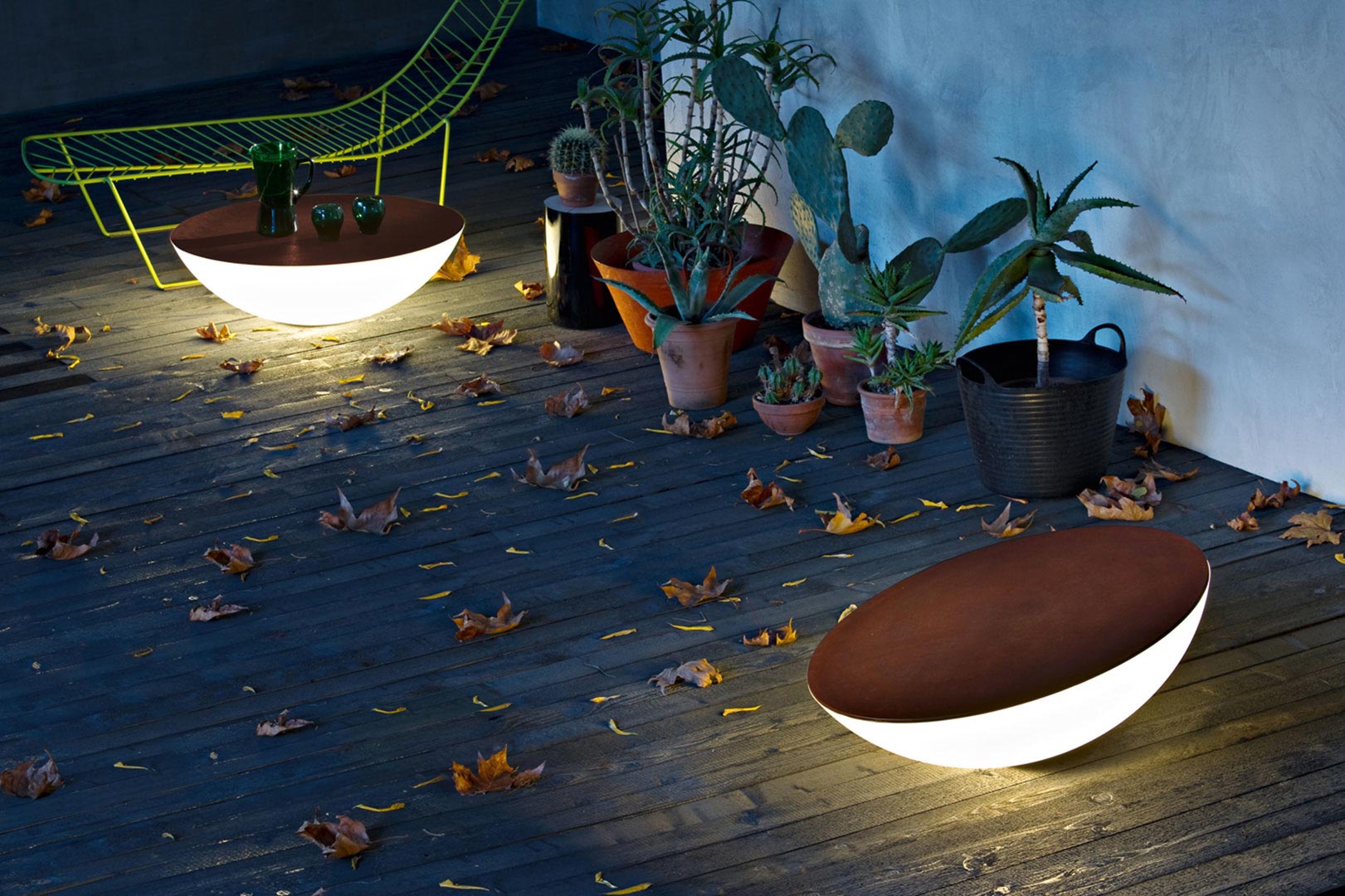
Using solar-powered landscape lighting is a great way to cut your electric bill and be environmentally friendly. It also offers a warm accent that helps highlight your landscaped areas and is easy to install as it requires no electrical wiring or trenching.
There are several different types of solar landscape lights. These include spotlights, post lights, and path lights. They all use a solar panel to convert sunlight into electricity. These lights can be placed on a wall or staked into the ground.
The size and color of the bulbs can affect the overall ambiance of your yard. For instance, smaller lights can give a more intimate feel. Clusters of lights can highlight other features. You can also use them to draw attention to a specific place, like a door.
Some solar landscape lighting kits come with control panels and cabling. These can be placed on top of the ground or buried in gravel.
You can also choose from a wide variety of lighting styles. They range from bright to low-profile. This type of lighting is best suited for hard-to-reach areas, like decks, docks, gates, or even gardens.
Solar lights are a great way to illuminate your property and enhance your safety. They are also environmentally friendly and don’t release dangerous by-products. However, you should know that you will need to maintain the system on a regular basis.
Select natural stones or surfaces
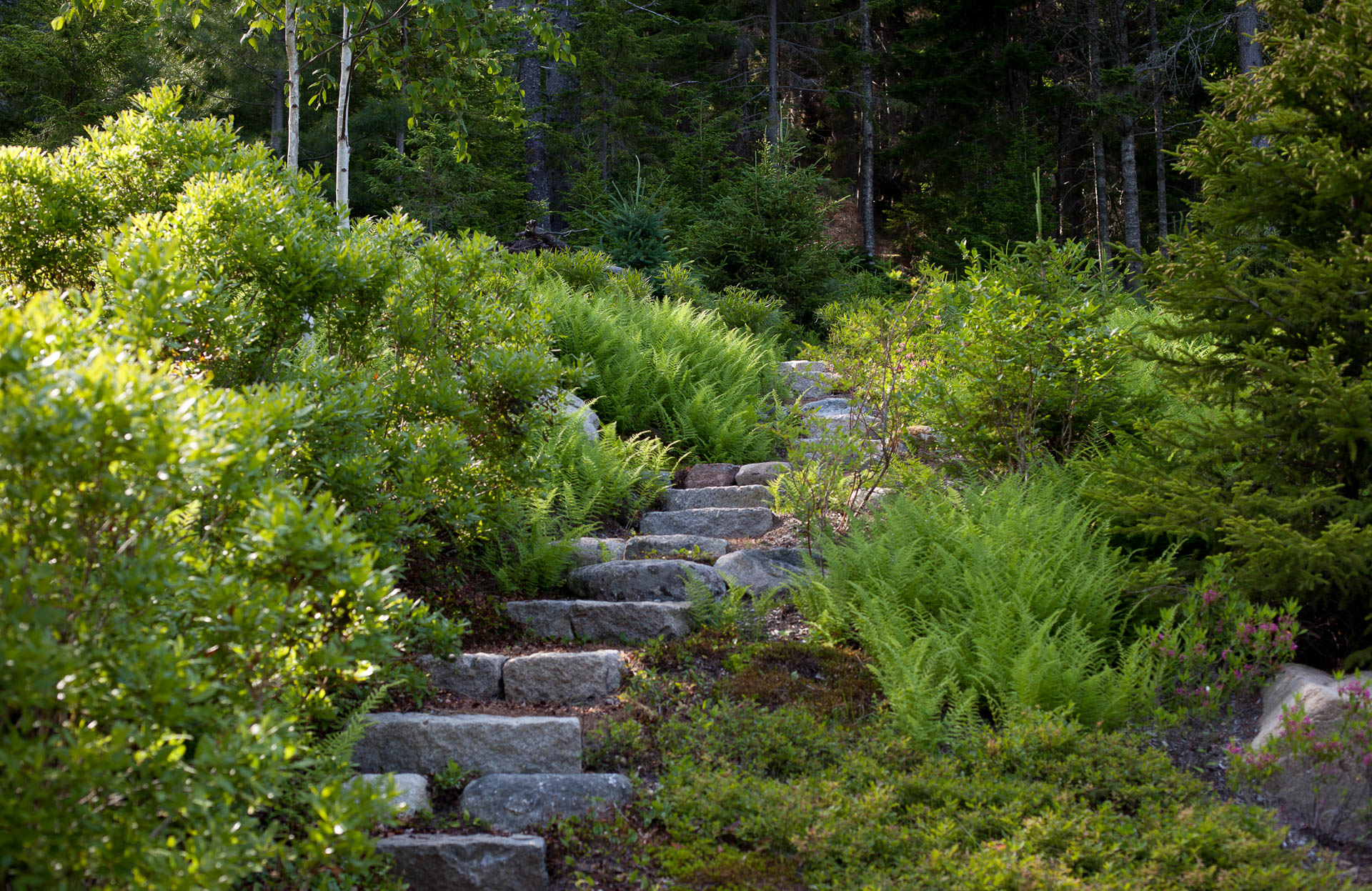
Using natural rocks and stones in your landscape design is a sustainable environmentally friendly way to create a beautiful outdoor living space. It is also a cost-effective alternative.
Natural stones and rocks come in a variety of shapes, sizes, and colors. They can be used to create flower beds, grilling areas, and a variety of other landscape features.
They are easy to maintain, and add to the overall design of your home. They also help to reduce stress on plants, and can provide shade in the summer.
Depending on your needs, you may choose to place stones close together, or you may choose to mix and match them to create a unique, customized look. Rocks can also be used to create walkways and steps.
Rocks and stones are available in a variety of prices and shapes at garden supply stores. You can also find them at construction sites.
The stone industry is working to reduce its impact on the environment. This means that some companies have begun to use more environmentally friendly extraction methods. Some of these methods include planting more trees to offset the environmental effects of stone extraction.
Using natural rocks and stones in your landscape also adds a unique, natural look. You can choose to use large boulders, which add to the depth of your yard. You can also create elaborate waterfalls using boulders. Adding natural rocks and stones to your landscape can reduce your need for watering.
Try reclaimed materials
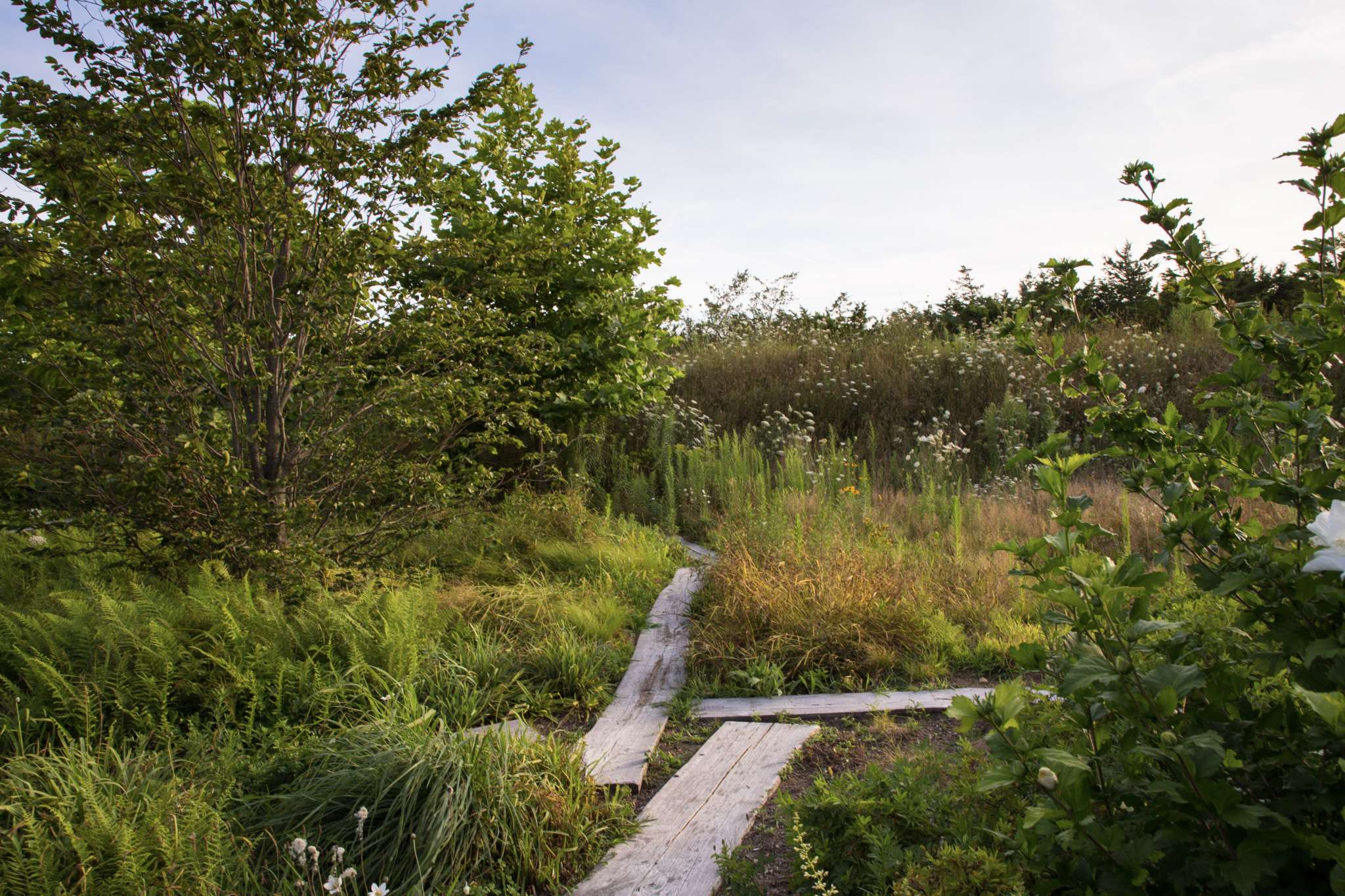
Using reclaimed materials for home projects can reduce the amount of waste that is generated, but more importantly save the project from high expenses in material costs.
Using recycled materials for your home construction projects can be 50 to 75 percent cheaper than their new counterparts. This is a win-win situation for the homeowner and the environment as it extends the lifespan of a material.
When looking to use reclaimed materials for sustainable landscape design projects, look for nearby or local stores that carry these types of materials, or consider material options onsite during the construction process.
Types of reclaimed materials can be broken pieces of concrete, crushed glass, lumber or metal. These recycled materials can help reduce greenhouse gas emissions and improve the overall livability of your home.
When using reclaimed materials in your home construction projects, make sure that you choose the ones that are in good condition. For example, you may not want to use a recycled metal roof because it could be rusted or cracked.
Using recycled materials is also the best way to reduce your carbon footprint. For more information, check out the Sustainable SITES Initiative for more information on reducing your carbon footprint. Using reclaimed materials in your home building projects is the best way to reduce the amount of waste that is generated.
